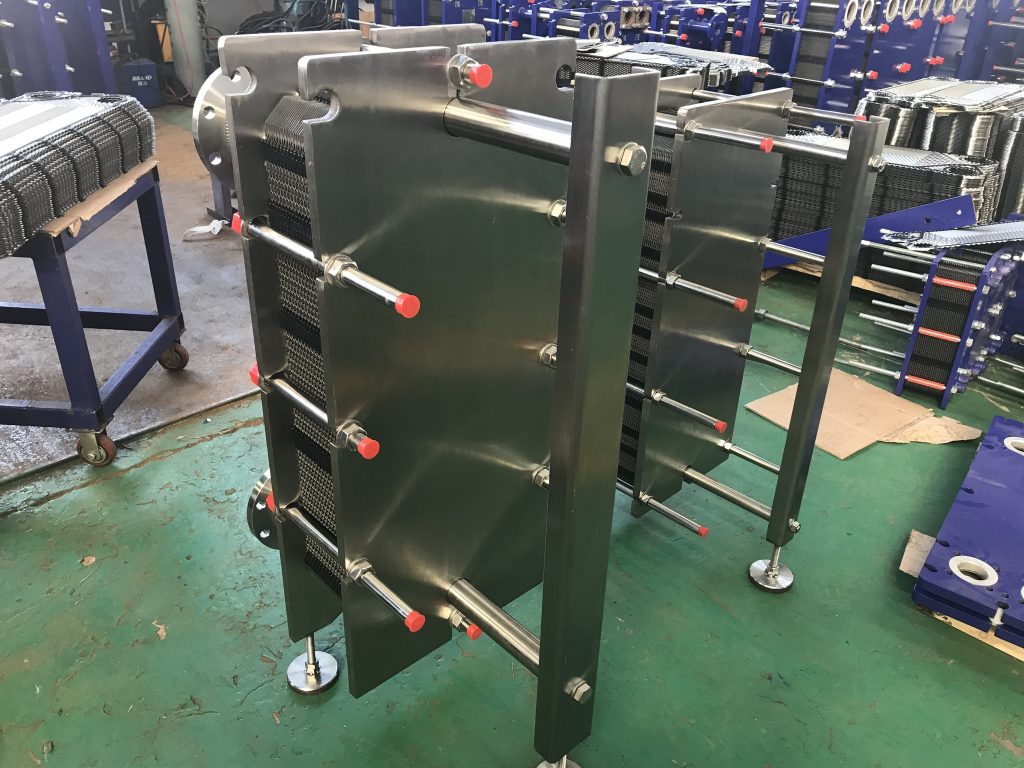Advantages of Brazed Plate Heat Exchangers
BPHEs inherit the core advantages of the plate heat exchanger design and add several more due to their brazed construction.
- Extremely Compact and Lightweight: With the frame, bolts, and gaskets removed, BPHEs offer one of the highest heat transfer surface areas per unit volume of any heat exchanger.
- High Pressure and Temperature Resistance:
- The brazed joints are very strong, allowing for design pressures typically up to 30-45 bar (over 600 psi).
- They can withstand temperatures up to ~200°C (392°F) with copper brazing and over ~400°C (752°F) with nickel brazing.
- Excellent Durability and Reliability: The all-metal construction makes them highly resistant to vibration and thermal cycling, common causes of gasket failure in gasketed units.
- No Risk of Gasket Failure: This eliminates leaks, gasket degradation, and the associated maintenance costs and downtime.
- High Thermal Efficiency: Just like gasketed PHEs, the corrugated plates create high turbulence, leading to efficient heat transfer in a counter-current flow arrangement.
- Cost-Effective for Standard Duties: For applications suited to copper-brazed stainless steel, they are often the most economical option due to their simple, automated manufacturing.
